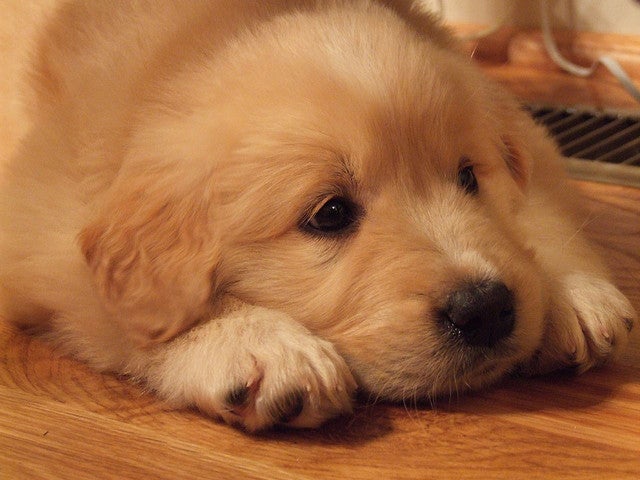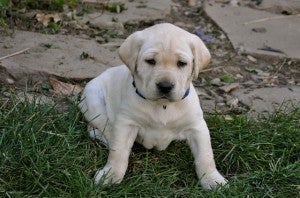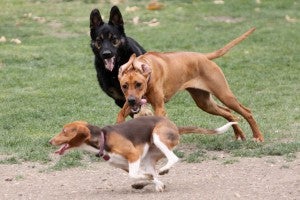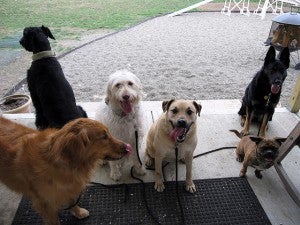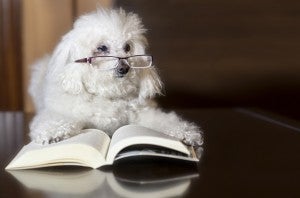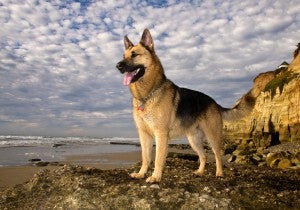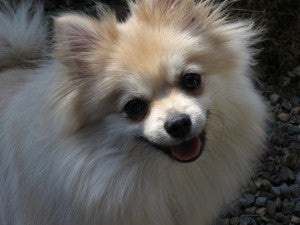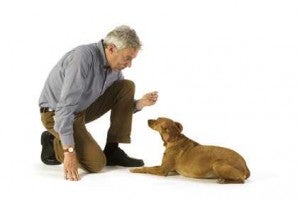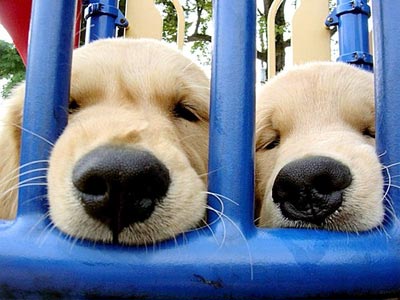 If you are a new dog owner, you most-likely just chose the perfect name for your sweet little pup or adopted dog. Many dog owners take their time when finding a name for their dog. Chances are your pup or adopted dog probably had a name that the breeder or temporary caregiver gave him or her. Most pet parents prefer naming their dog with a new name once they arrive home. Now that you have the perfect name you will need to teach your dog to respond.
If you are a new dog owner, you most-likely just chose the perfect name for your sweet little pup or adopted dog. Many dog owners take their time when finding a name for their dog. Chances are your pup or adopted dog probably had a name that the breeder or temporary caregiver gave him or her. Most pet parents prefer naming their dog with a new name once they arrive home. Now that you have the perfect name you will need to teach your dog to respond.
- Use a Happy Voice – You will want to begin with saying your pup’s name with a happy tone in your voice. This signifies to your pup that the “name” they are hearing is something positive and energetic.
- Use Treats – Most puppies enjoy eating delicious and tasty treats. When you say your pup’s name, get his or her attention with a treat. This will allow your pup to understand that his name requires a response such as him or her shifting his attention towards you.
- Use the Name – Use his or her name frequently. Walk a few steps away from your pup then call his name, using hand gestures to come towards you. Also, when your pup casually looks at you throughout the day, once you make eye contact, gently pet his or her head and say their name.
- Call from a Distance – Try calling your pup from another room in your home. This is a test to see if he or she comes running when their name is called. If your dog does not come running within a few calls, repeat the steps above and then conduct the test again.
- Set Aside Time for Training – Some dogs will learn their name quickly, but others may take some time to adjust to their new name. As a dog owner you will want to have patience and always keep a positive attitude. Setting aside a few minutes a day to focus on training is beneficial during the process. Your goal is to spend about five minutes repeating the training steps. It is best to repeat this brief training about three to five times a day.
Dog owners will want to avoid using their dog’s name in a moment of anger. This often happens when a dog owner looses their patience and yells at their dog for bad behavior. While it is never good to yell at your dog, it is even worse to use their name. Remember those days when your parents would say your entire first, middle and last name when you were in trouble? It would strike fear into you! This will be the same result for your pup. This is why it is important to use your dog’s name in positive situations only and always say it with a smile in your voice. Once your dog has learned his or her name you will want to stop using the treats to get his or her attention. The tasty reward should be replaced with verbal praise and a pat on the head.
Photo credit: nguyen hoangnam/Flickr

















